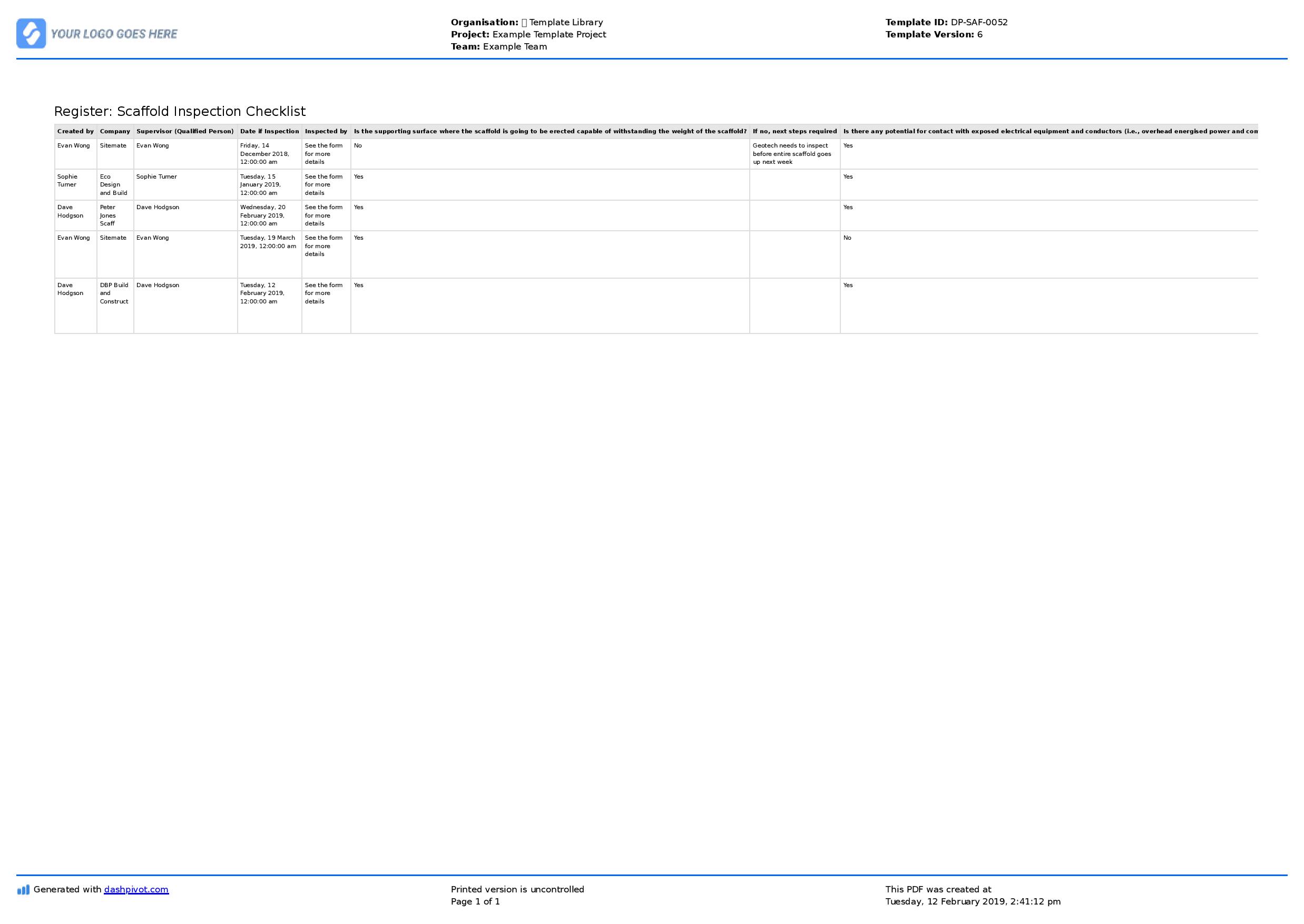
1 All of these can be controlled by compliance with OSHA standards. The Bureau of Labor Statistics' Census of Fatal Occupational Injuries (CFOI) reported 52 fatal falls to lower levels from scaffolding in 2020. Replaces traditional shipyard scaffolding. Provides general requirements for all scaffolds AND also includes information on specific types of scaffolding. OSHA has targeted the industry in its Strategic Plan to reduce injuries and illnesses and prevent fatalities. Shipyard work has traditionally been hazardous, with an injury-accident rate more than twice that of construction and general industry. Helps workers identify and control the hazards that cause the most serious scaffold-related injuries. Contains information that helps workers identify and control the hazards that cause the most serious construction-related injuries. Hazards are identified, as well as the controls that keep these hazards from becoming tragedies. Provides illustrated safety checklists for specific types of scaffolds. OSHA Fact Sheet (Publication 3722), (April 2014). OSHA Fact Sheet (Publication 3759), (November 2014).

General guide for scaffolds and scaffolding work – Safe Work Australia.Erecting, altering and dismantling scaffolds.More information for the construction industry is available on the SafeWork NSW building and construction page. Undertaking scaffolding work without a scaffolding HRW licenceĭirecting or allowing others to undertake scaffolding work without a HRW licence High risk work (HRW) licensing Reason for fine No inspection by competent person after repairs to scaffoldįailing to prevent unauthorised access to incomplete or unattended scaffold No inspection by competent person after an incident that could affect stability (weather) No inspection by competent person done at least every 30 days No written confirmation from a competent person (e.g. SafeWork NSW introduced new on-the-spot fines in August 2020 under clause 225 in the Work Health and Safety Regulation 2017, for those not adequately managing scaffold safety. scaffolds being struck by mobile plant or vehicles or being snagged by a crane.objects falling off scaffolds and hitting people below.scaffold collapse or failure of components due to incorrect assembly, incompatible componentry, overloading or unauthorised alteration such as tie removal.

people falling from scaffolding due to misuse, such as standing on guardrails.people falling from, or through, scaffolds that are poorly erected, incomplete or have been altered without authorisation.Scaffold incidents most commonly involve:

30% of sites had scaffolds that appeared to have been altered by unlicenced tradies – mostly bricklayers.įailing to erect scaffolding on a solid surface can cause a collapse.32% of sites did not have a handover certificate (or written confirmation) by a competent person.43% of sites had working decks with missing planks, ledgers or hop-ups.49% of sites had PCs who allowed workers to access incomplete scaffolds.After conducting 428 Scaff Safe 2021 site visits, SafeWork NSW has compiled a report that highlights many unsafe practices in scaffolding.


 0 kommentar(er)
0 kommentar(er)
